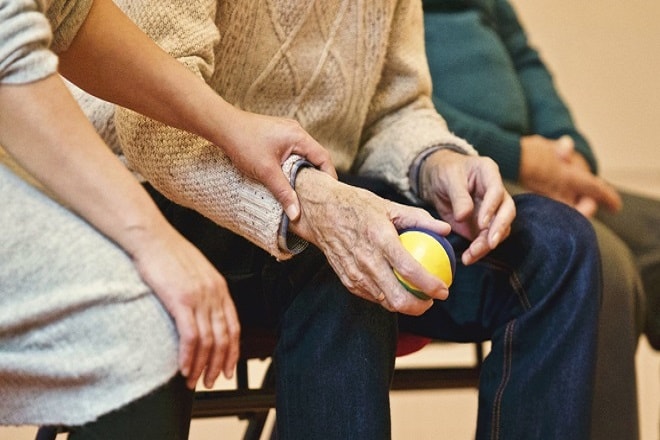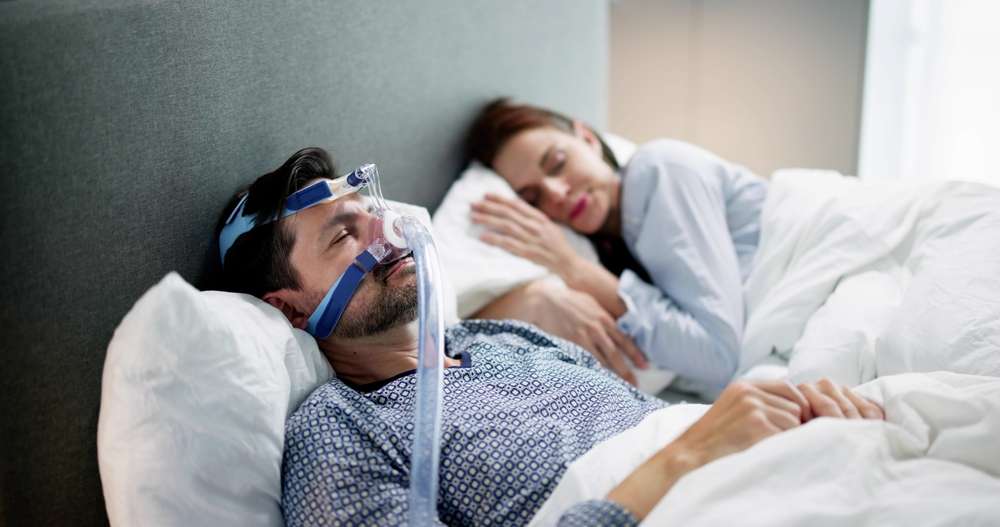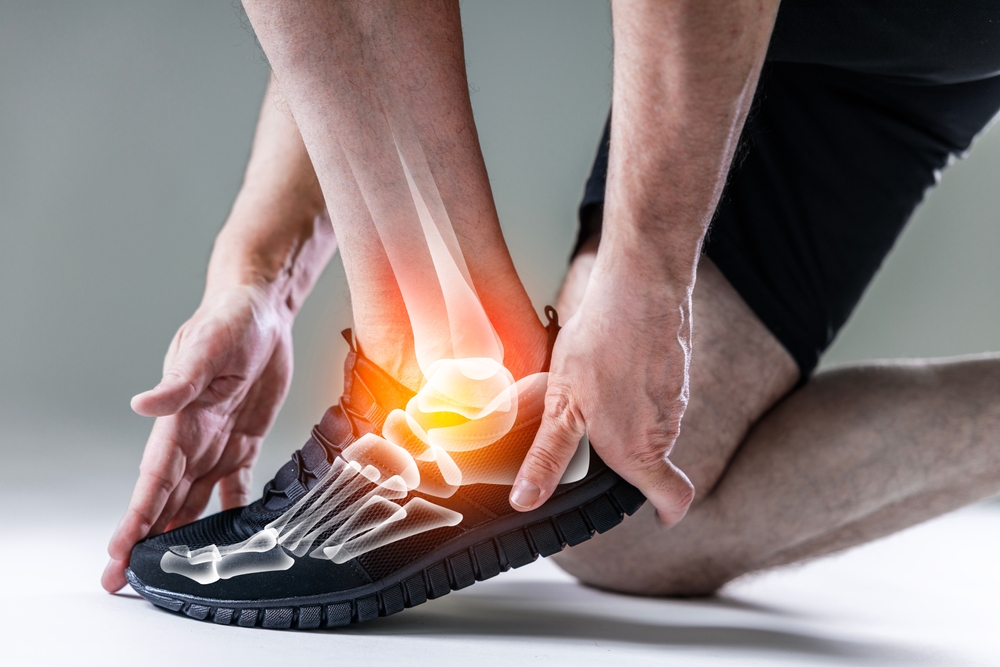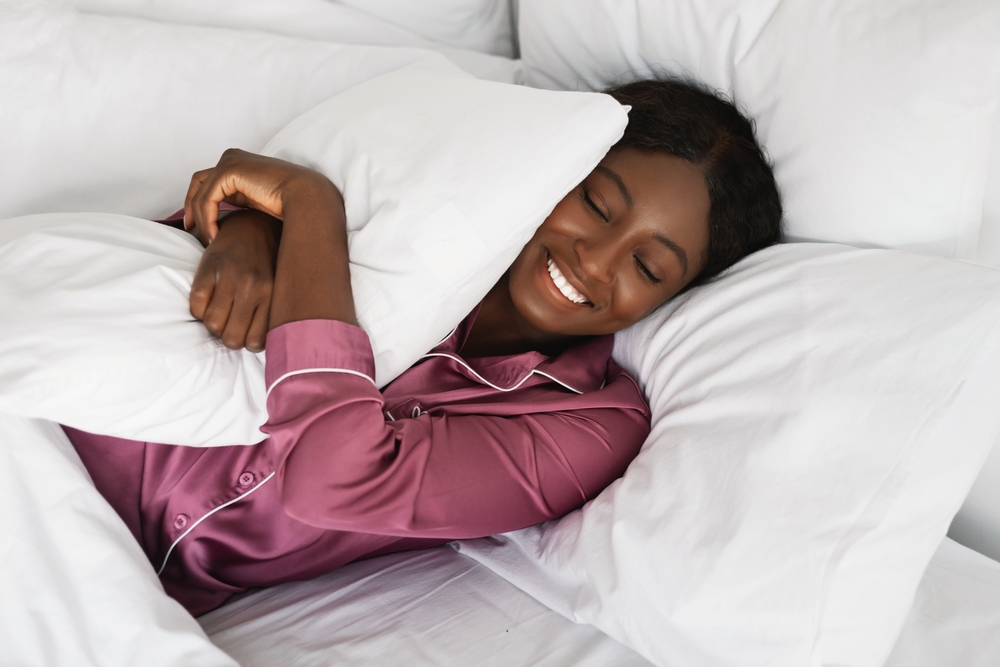What To Know About Bladder Control Patches
Bladder control patches represent an emerging approach to managing incontinence, offering a discreet alternative to traditional methods. These innovative medical devices work through various mechanisms to help individuals regain confidence and improve their quality of life. Understanding the different types, costs, benefits, and limitations of these patches can help you make informed decisions about your health management options.

Managing bladder control issues affects millions of people across different age groups and backgrounds. While traditional treatments have included medications, behavioral therapies, and surgical interventions, newer options like bladder control patches are gaining attention as potential solutions for those seeking less invasive management strategies.
Bladder Control Patches Overview and Usage Guide
Bladder control patches are adhesive devices designed to deliver therapeutic compounds through the skin to help manage symptoms of urinary incontinence and overactive bladder. These patches typically contain active ingredients that work systemically or locally to reduce bladder muscle contractions, decrease urgency, or strengthen pelvic floor response. Users apply the patch to clean, dry skin on areas such as the abdomen, hip, or buttock, where it remains in place for a specified duration—usually ranging from three to seven days depending on the product formulation. The transdermal delivery method allows for steady medication release, potentially reducing side effects associated with oral medications that pass through the digestive system. Proper application involves rotating patch sites to prevent skin irritation and ensuring the area is free from lotions or oils that might interfere with adhesion.
How Bladder Leak Patches Work for Women and Seniors
The mechanism behind bladder leak patches varies depending on their formulation. Prescription patches often contain anticholinergic medications like oxybutynin, which block nerve signals that trigger involuntary bladder contractions. By delivering medication transdermally, these patches maintain consistent blood levels of the active ingredient, which may improve symptom control throughout the day and night. For women experiencing stress incontinence related to weakened pelvic floor muscles, some patches incorporate compounds designed to support tissue tone and reduce leakage during physical activities like coughing, sneezing, or exercise. Seniors, who frequently experience age-related bladder control challenges, may benefit from the simplified dosing schedule patches provide—eliminating the need to remember multiple daily pills. The steady absorption rate also helps minimize common anticholinergic side effects such as dry mouth, constipation, and cognitive effects that can be more pronounced in older adults taking oral medications.
Non Invasive Bladder Control Solutions and Alternatives
Beyond patches, numerous non-invasive approaches exist for managing bladder control issues. Behavioral modifications form the foundation of conservative treatment and include scheduled voiding, fluid management, and bladder training exercises that gradually increase the time between bathroom visits. Pelvic floor muscle training, commonly known as Kegel exercises, strengthens the muscles supporting the bladder and urethra, providing better voluntary control over urination. Biofeedback therapy uses sensors to help individuals identify and properly engage pelvic floor muscles during exercises. Electrical stimulation devices, including transcutaneous electrical nerve stimulation units and percutaneous tibial nerve stimulation, offer another non-surgical option by modulating nerve signals involved in bladder function. Absorbent products, while not treating the underlying condition, provide practical management for daily activities. Lifestyle modifications such as maintaining healthy weight, avoiding bladder irritants like caffeine and alcohol, and managing chronic conditions like diabetes can significantly impact symptom severity.
Pelvic Floor and Urinary Incontinence Patch Technology
The technology behind urinary incontinence patches continues to evolve as researchers explore new delivery systems and active ingredients. Current prescription patches primarily utilize matrix or reservoir transdermal systems. Matrix patches distribute medication throughout an adhesive layer that contacts the skin, while reservoir patches contain medication in a separate compartment released through a rate-controlling membrane. Both designs aim to provide consistent therapeutic levels while minimizing peak-and-trough fluctuations seen with oral dosing. Emerging research investigates patches incorporating natural compounds, hormones for postmenopausal women experiencing incontinence related to estrogen deficiency, and combination therapies targeting multiple aspects of bladder dysfunction. Some experimental patches explore localized delivery to pelvic floor tissues rather than systemic absorption, potentially reducing side effects while concentrating therapeutic effects where needed most. Adhesive technology improvements focus on balancing strong attachment for extended wear with gentle removal that minimizes skin irritation, particularly important for older adults with fragile skin.
Bladder Patch Options and Effectiveness Reviews
Several bladder control patch products are available through prescription and over-the-counter channels, each with distinct characteristics and evidence supporting their use.
| Product/Service | Provider | Key Features | Cost Estimation |
|---|---|---|---|
| Oxytrol for Women | Merck | OTC oxybutynin patch, 4-day wear | $40-60 per 8-patch box |
| Oxytrol Prescription | Generic manufacturers | Higher-dose oxybutynin, twice-weekly application | $150-300 monthly without insurance |
| Estrogen Patches | Various pharmaceutical companies | Hormone replacement for postmenopausal incontinence | $30-100 monthly depending on dosage |
| Herbal/Supplement Patches | Alternative health companies | Natural ingredients, limited clinical evidence | $25-50 per month |
Prices, rates, or cost estimates mentioned in this article are based on the latest available information but may change over time. Independent research is advised before making financial decisions.
Clinical effectiveness of prescription bladder control patches has been demonstrated in multiple studies, with users reporting reduced incontinence episodes and improved quality of life compared to placebo. The over-the-counter oxybutynin patch shows moderate effectiveness for overactive bladder symptoms, though individual responses vary considerably. Patient satisfaction often relates to convenience and reduced side effects compared to oral medications, though some users experience application site reactions including redness, itching, or rash. Effectiveness reviews indicate that patches work best when combined with behavioral strategies and pelvic floor exercises rather than used as standalone treatment. Long-term adherence rates vary, with some users discontinuing due to skin irritation or inadequate symptom control.
Understanding Your Options and Next Steps
Bladder control patches represent one component of a comprehensive approach to managing urinary incontinence and overactive bladder. Their effectiveness depends on the underlying cause of symptoms, individual physiology, and proper use according to product guidelines. Prescription patches require medical evaluation to ensure appropriate candidacy and to rule out conditions requiring different interventions. Consulting with healthcare providers specializing in urology or urogynecology helps identify the most suitable treatment approach, whether patches, other medications, physical therapy, or combination strategies. Keeping symptom diaries tracking fluid intake, voiding frequency, and leakage episodes provides valuable information for tailoring treatment plans. While patches offer convenience and potential advantages over oral medications for some individuals, they are not universally effective and may not address all types of incontinence equally well.
This article is for informational purposes only and should not be considered medical advice. Please consult a qualified healthcare professional for personalized guidance and treatment.




